Tale of Assam Floods Speaks of Deep Scars of Trauma & Sufferings
- Gaurab Talukdar & Smruti S Samantray
- Aug 31, 2022
- 4 min read
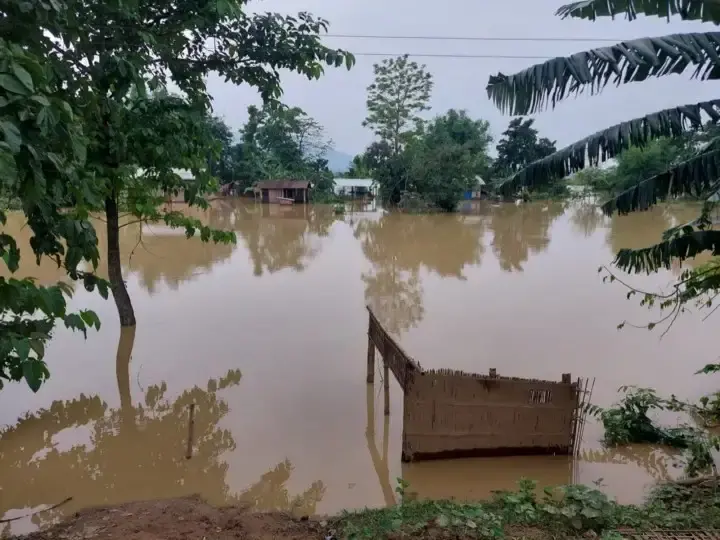
The deluge in Assam not a new occurrence as it takes place every year. Assam, an integral part of Northeaster India’s “Seven Sister States” shares common border with Bangladesh and Bhutan, and has influence of diverse cultures and ethnicities. It is also connected to Nepal, China and Burma via West Bengal, Sikkim, Mizoram and Manipur, respectively. With an enormous network of rivers, Assam has been prone to climate havocs like land erosion and floods, marring the developmental activities of the state.
The Brahmaputra and Barak rivers have 50 tributaries that act as protagonists in causing flood and erosion desolations during monsoons. However, floods and erosions in Assam are singularly different from those occurring in other states, and are unique, if the magnitude of erosion, and extent and duration of floods are considered. According to RBA, 39.58 percent of Assam’s total land area is prone to floods. In 2022, more than 6 lakhs of people in 500+ villages and 11 districts were affected due to floods, as per Assam State Disaster Management Authority (ASDMA) report in July.
One of our Climate Reality Leaders from Assam, Gaurab Talukdar, whose house was also submerged in water, provided us with real life images of the grim situation.
On request, he could get into waist-deep water to capture a few shots to comprehend the scenario and gravity and share with us a portrayal of the flood situations in Assam. Here are some of the shots form his lenses.



“Water, water, everywhere,
And all the boards did shrink;
Water, water, every where,
Nor any drop to drink.”
The pictures remind me of most-used lines of ST Coleridge’s, “The Rime of Ancient Mariner.” The spread of flood water compels me to think about the life of the people, who have lost their dear ones and houses. What they must be going through!
The survivors in the affected regions don’t have access to basic things and facilities that they need for leading a life. Let alone food and utility objects, access to drinkable water seems like a far-fetched dream in such scenarios. In the photos shared below, you can see how the need for survival supersedes the need for hygiene and sanitation, health, and happiness.
While Gaurab’s family and neighbourhood are trying to get back to normalcy, he recalls the devastation. “It was horrible. Houses are gone. Roads are gone. Farms are gone. Floods shake you from within,” he said.
“Wherever you set your eyes, you get to see endless horizons of water; unimaginable pain of people; sufferings; and so much more to be overwhelmed,” he takes a heavy breath.
He explains it further, “I mean, you can see people trying their best to cope and get back on their feet at the earliest as they have responsibilities and a vision for their future (however and whatever, it maybe). I’m still in a better position, owing to the geography I live in. But it was unthinkable to figure out what we are left with if we don’t have a life in the first place. What if everything just gets washed away in a whooosh (he waves his hand)? Even if we do, is the life going to be safe and qualitative? We, surely, can’t neglect the health, next to survival, but is that an immediate possibility? Such questions keep hitting you hard.”





Early this month, the Centre releasing INR 648.90 crores for disaster assistance to Assam (for the victims of floods and landslides) was in the news. A few days ago this month, the Assam government launched Direct Benefit Transfer (DBT) programme to extend rehabilitation grants to the flood victims whose houses were damaged by floods this year. According to the news, a list of flood-damaged houses is prepared that amounts to 2, 04, 348 houses that were either partially or severely damaged.
Nevertheless, keeping aside all the temporary solutions and arrangements, its high time that a new perspective is added to the format of mitigation, wherein Sustainability Education should be positioned as the prime driver of long-term solution. Unless and until people are aware and educated about climate change, acts of sustainability, and how to enhance disaster-preparedness, it is going to be a rough walk.
We’re set on a journey of empowering people with education. At The Climate Project Foundation (TCPF), we focus on actions that empower our climate reality leaders’ network and societies so they can stand firm and strong in the fight of climate change. We impart sustainability education in different versions, and our projects like Green Campus Program, Teachers’ Training Program, Principals’ Conclave and One Million Fruit Tree Plantation along with focused Workshops & Training Sessions, and Strategic Collaborations, support us in translating our vision into reality. You can get to know more about our initiatives here.
However, the devastations due to inundations in Assam (on one hand) and facing extreme sweltering with rising temperatures a few days later (on the other hand), seems quite alarming. Needless to say, we need to gear up and be planet-wiser now, and not shut the eyes to any ray of hope that we witness in the dismal times, even if it shows up in a blink.

About the Authors
Photos/ Images by Garuab Talukdar
Gaurab is a Climate Reality Leader trained during Global Training in 2020. He is bird enthusiast, nature photographer and filmmaker from Assam, India. He has pursued Masters in Economics from Assam University, Silchar, Assam. He has played an active role in human-elephant conflict mitigation programs with communities, providing awareness in schools and wildlife rescues. He is also a Green Hub Fellow (2018), where he learned documentary filmmaking and conservation issues.
Written by Smruti S Samantray
Smruti is a Climate Reality Leader trained during Global Training in 2015 in New Delhi. She supports sustainability education in every inch, and tries to promote the same at optimum levels, as she firmly believes that it will help mitigating the climate crisis in the most efficient and effective way, while securing future. She has pursued Master’s in Urban Environment Management & Law , National Law University — Delhi and WWF, and Master’s in Mass Communication.

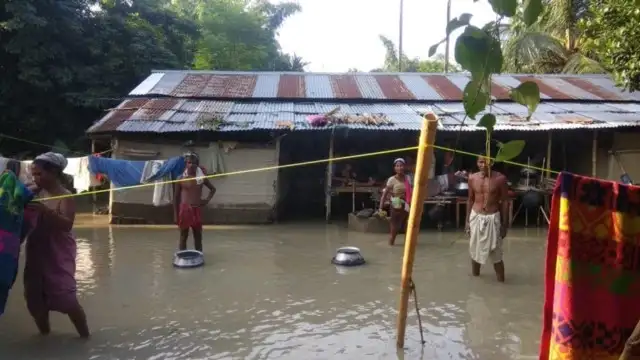
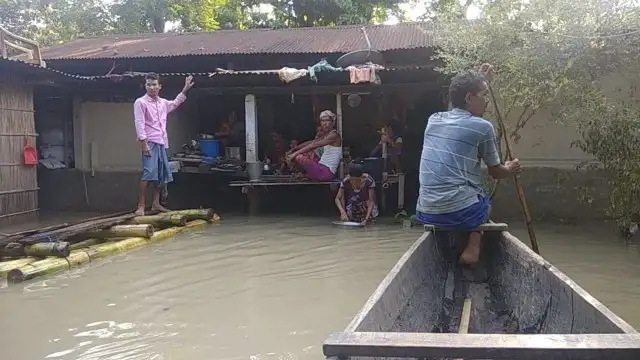
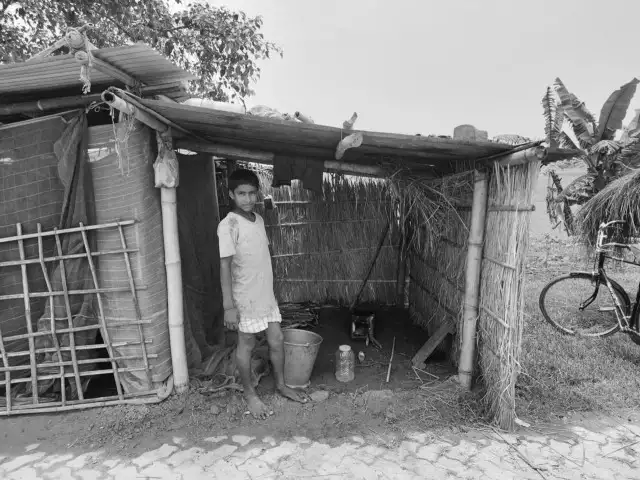
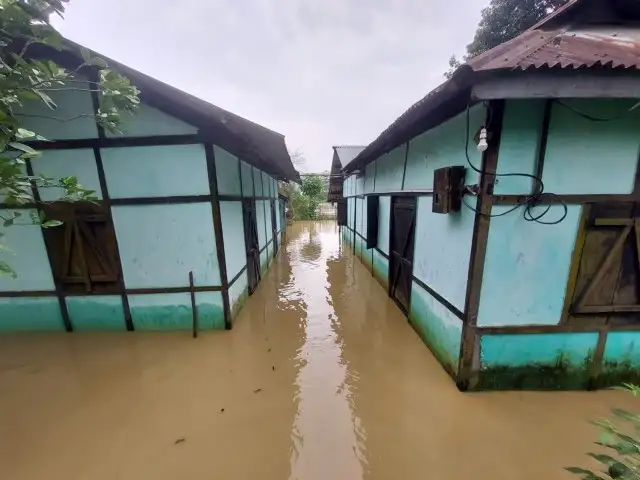
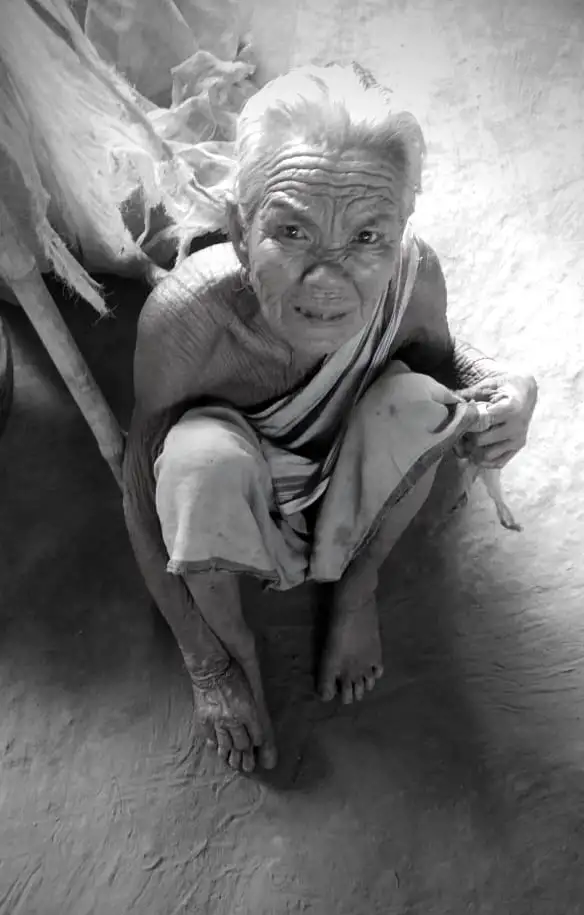
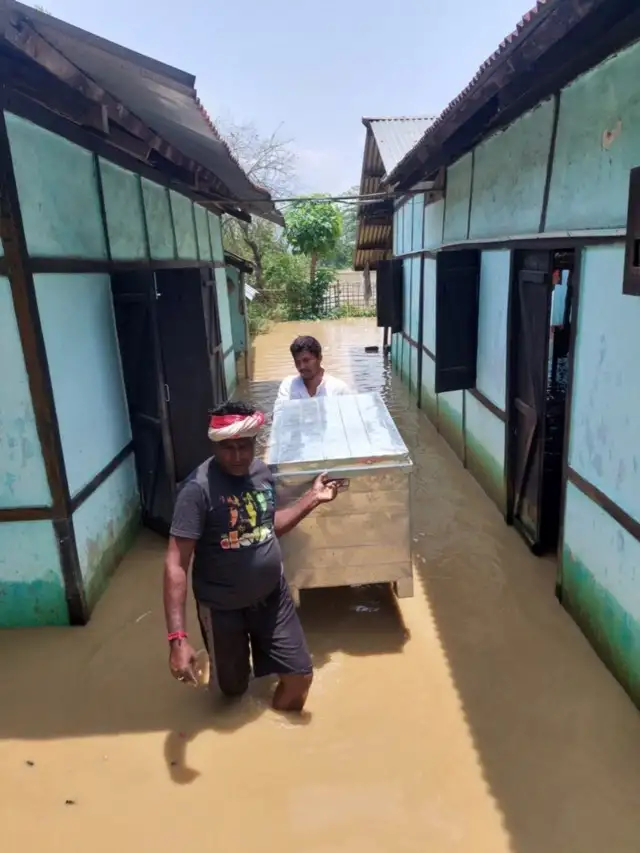









SUDIRMAN168
SUDIRMAN168
SUDIRMAN168
SUDIRMAN168DAFTAR
SUDIRMAN168LOGIN
SUDIRMAN168ALTERNATIF
SUDIRMAN168TERPERCAYA
SUDIRMAN168MAXWIN
SITUSPILIHANSUDIRMAN168&LAPAKBET777
LAPAKBET777
LAPAKBET777RESMI
LAPAKBET777GACOR
LAPAKBET777DAFTAR
LAPAKBET777LOGIN
LAPAKBET777ALTERNATIF
LAPAKBET777MAXWIN
TERMINAL4D
Daftar Link Dofollow
lapak7d
lapak7d
lapak7d
lapak7d
lapak7d
lapak7d
lapak7d
lapak7d
lapak7d
lapak7d
lapak7d
lapak7d
lapak7d
situs slot demo
slot demo X1000
scatter hitam
slot toto
situs slot online
situs slot online
situs slot online
situs slot
situs slot
situs slot
situs slot
sudirman168
sudirman168
sudirman168
slot gacor
toto singapure
situs toto 4d
toto slot 4d
pg soft mahjong2
mahjong2
pocari4d
pocari4d
pocari4d
pocari4d
pocari4d
pocari4d
pocari4d
terminalbet
terminalbet
data pemilu
utb bandung
universitas lampung
slot bonus new member
ksr88
ksr88
ksr88
ksr88
Slot Dana
situs slot gacor hari ini
terminal4d
terminal4d
terminal4